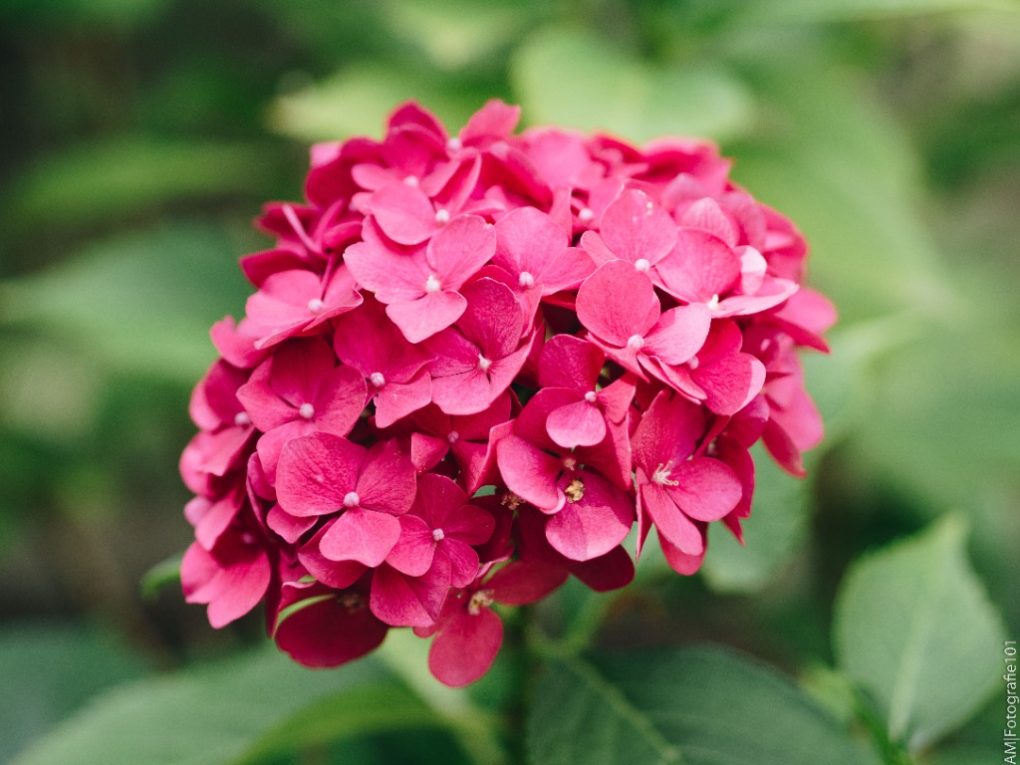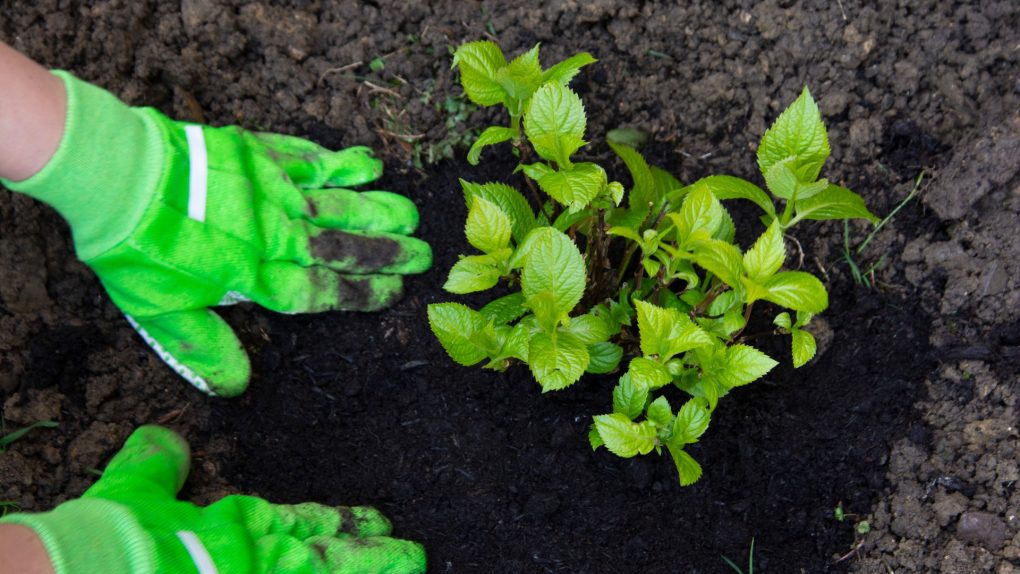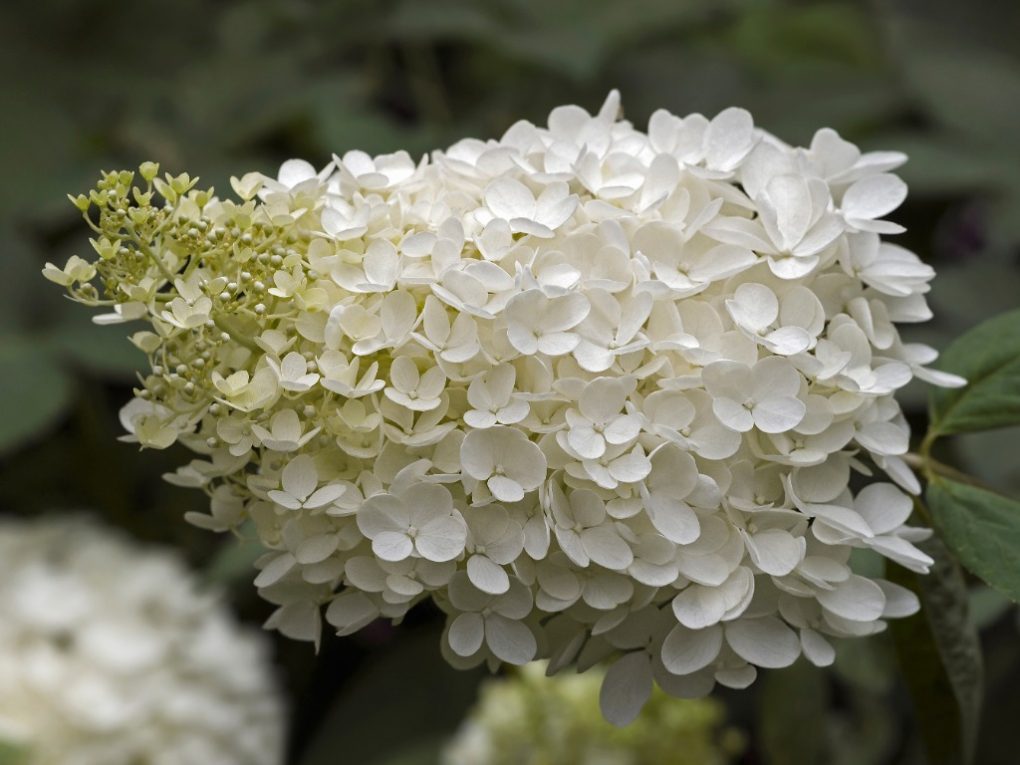Why Your Hydrangea is Not Growing Tall: Possible Reasons and Solutions
Hydrangeas may not grow tall due to a variety of factors, with the most common being inadequate sunlight, poor soil, and improper pruning. These plants generally require at least 4-6 hours of dappled sunlight daily, and well-draining, nutrient-rich soil to achieve optimal growth.

Improper pruning may also result in stunted growth if healthy buds are removed, limiting the plant’s energy and ability to grow taller. To encourage growth, you should prune your hydrangea in late winter or early spring, just before new growth begins, and only remove dead or damaged wood. Addressing these common issues can boost your hydrangea’s growth and promote a taller, healthier plant.
Table of Contents
Reasons Why Hydrangeas Don’t Grow Taller
Hydrangeas are beloved flowering plants known for their beautiful blooms and lush foliage. However, sometimes these plants may need to achieve the desired height. This section will explore some common reasons why hydrangeas fail to grow tall and provide helpful solutions.
1. Insufficient Sunlight Exposure
Hydrangeas thrive in bright, indirect sunlight. If they are not receiving enough light, their growth can be stunted, to ensure optimal growth:
● Place your hydrangeas in an area that receives at least 4-6 hours of sunlight daily.
● Avoid planting them in shaded or crowded areas where sunlight is limited.
● Prune nearby trees or shrubs that may block sunlight from reaching your hydrangeas.
2. Improper Soil Conditions
The type and quality of soil play a crucial role in hydrangea growth. If the soil lacks essential nutrients or is not well-draining, it can hinder their height development. Consider the following steps:
● Test the soil pH to ensure it falls within the ideal range of 5.5-6.5 for hydrangeas.
● Improve soil drainage by adding organic matter such as compost or well-rotted manure.
● Apply a balanced slow-release fertilizer formulated specifically for hydrangeas to provide necessary nutrients.

3. Inadequate Watering Practices
Both overwatering and underwatering can negatively impact hydrangea growth. Proper watering is essential for their overall health and height. Follow these guidelines:
● Water hydrangeas deeply and regularly, especially during dry periods.
● Maintain a consistent moisture level in the soil without letting it become soggy.
● Mulch around the base of the plants to retain moisture and regulate soil temperature.
4. Pruning at the Wrong Time
Pruning hydrangeas at the incorrect time can disrupt their growth cycle and prevent them from reaching their full height potential. Consider the following pruning tips:
● Understand the specific pruning requirements for your hydrangea variety.
● Generally, prune after flowering, removing dead or damaged branches and shaping the plant.
● Avoid extensive pruning in late summer or fall, as this can remove flower buds for the following year.
5. Pest and Disease Infestation
Hydrangeas can be susceptible to various pests and diseases that can weaken the plant and impede its growth. Take preventative measures:
● Regularly inspect your hydrangeas for signs of pests such as aphids, spider mites, or powdery mildew.
● Treat any infestations promptly with organic or chemical remedies as appropriate.
● Ensure good air circulation around the plants to minimize the risk of fungal diseases.
By addressing these common issues, you can help your hydrangeas overcome growth limitations and encourage them to reach their full height potential. Remember to provide adequate sunlight, maintain proper soil conditions, practice appropriate watering, prune at the right time, and protect your plants from pests and diseases. With care and attention, your hydrangeas will thrive and create a stunning display in your garden.
Pruning and Maintenance
Pruning and maintenance are crucial for the growth and health of your hydrangeas. Proper pruning techniques, fertilization, and pest and disease control can help your hydrangeas grow tall and healthy.

Pruning Techniques
Pruning your hydrangeas is important for maintaining their shape and promoting healthy growth. It is best to prune your hydrangeas in the late winter or early spring, just before new growth begins. The following are some pruning techniques:
● Deadheading: Remove dead flowers and branches to promote new growth.
● Pinching: Pinch off the tips of new growth to encourage fuller growth.
● Hard Pruning: Cut back older growth to the ground to promote new growth.
Fertilization
Fertilizing your hydrangeas can help provide them with the nutrients for healthy growth. It is best to fertilize your hydrangeas in the early spring and again in the late summer. The following are some fertilization techniques:
| Type of Fertilizer | Amount |
| Organic Fertilizer | 1-2 cups per plant |
| Chemical Fertilizer | 1/2 cup per plant |
Pest and Disease Control
Hydrangeas are susceptible to pests and diseases, hindering their growth and health. The following are some pest and disease control techniques:
● Aphids: Use insecticidal soap or neem oil to control aphids.
● Spider Mites: Use a miticide to control spider mites.
● Fungal Diseases: Use a fungicide to control fungi such as powdery mildew and leaf spot.
Hydrangea Variety
Not all hydrangea varieties will grow tall. Some hydrangea species are naturally shorter and bushier than others. For example, the Bigleaf hydrangea (Hydrangea macrophylla) typically grows around 3 to 6 feet tall and wide, while the Panicle hydrangea (Hydrangea paniculata) can grow up to 25 feet tall.
When selecting a hydrangea for your garden, it’s important to consider the size of the plant at maturity. If you’re looking for a tall hydrangea, choose a variety known for growing tall. Some hydrangea varieties that are known for their height include:
● Panicle hydrangea (Hydrangea paniculata)
● Oakleaf hydrangea (Hydrangea quercifolia)
● Smooth hydrangea (Hydrangea arborescens)
● Climbing hydrangea (Hydrangea anomala subsp. petiolaris)

However, it’s important to note that different cultivars may have different growth habits even within the same species. For example, the ‘Limelight’ cultivar of the Panicle hydrangea is known for its tall, upright growth habit, while the ‘Little Lime’ cultivar is a dwarf variety that only grows to be around 3 to 5 feet tall.
Before purchasing a hydrangea, be sure to do your research and choose a variety that fits your specific needs and preferences.
